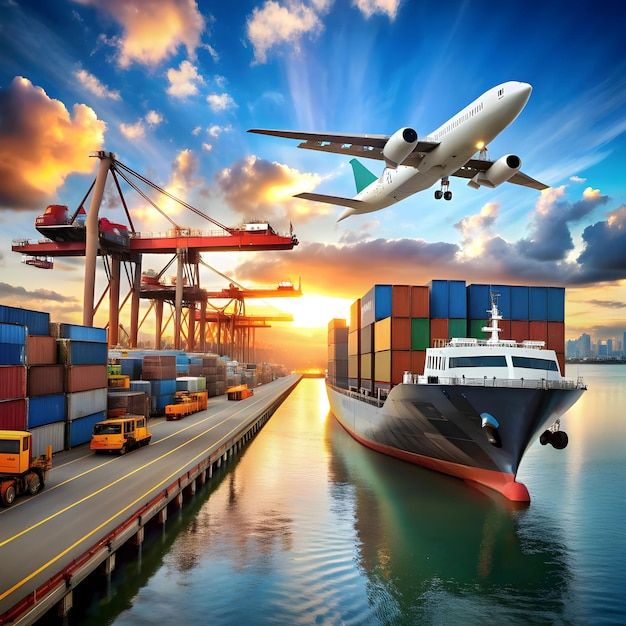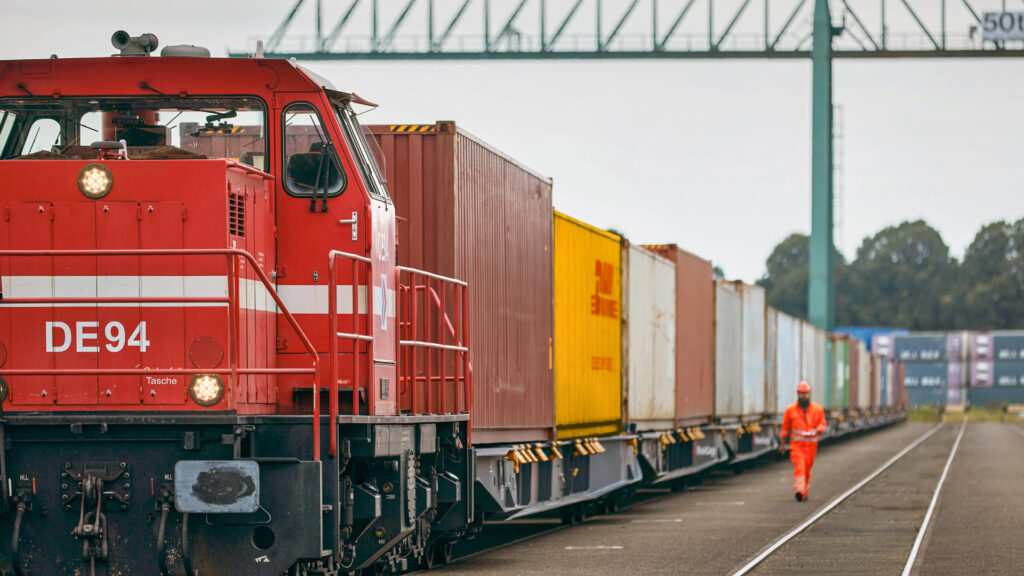- By Della tj
- October 30, 2025
- Sea Freight, Shipping
Shipping goods internationally requires precision, experience, and reliability. When it comes to professional sea freight from Shenzhen to Spain, businesses need a partner who can deliver affordable, secure, and on-time solutions. This article explains everything from shipping routes and transit times to costs, documentation, and real case examples.
Why Choose Sea Freight from Shenzhen to Spain?
Sea freight is a cost-effective choice for large or heavy shipments. Although it takes longer than air freight, it offers significant savings. Shenzhen, being one of the world’s largest export hubs, provides direct access to major Spanish ports like Valencia, Barcelona, and Bilbao.
Advantages include:
- Lower shipping costs compared to air freight.
- High container availability for FCL and LCL shipments.
- Reliable schedules and global route connectivity.
| Shipping Mode | Cost (USD/CBM) | Transit Time | Best For |
|---|---|---|---|
| FCL (Full Container Load) | $1,300–$1,700 | 25–30 days | Bulk cargo, stable demand |
| LCL (Less than Container Load) | $35–$50 | 28–35 days | Small shipments |
| Air Freight | $7–$10/kg | 5–8 days | Urgent, high-value goods |
Transition words used: although, compared to, being, provides.

What Are the Main Shipping Routes from Shenzhen to Spain?
Several efficient routes connect Shenzhen to Spain through the Suez Canal, enabling smooth cargo flow between Asia and Europe.
Primary routes:
- Shenzhen → Valencia Port (via Suez Canal) – 26 days average.
- Shenzhen → Barcelona Port (via Singapore or Colombo transshipment) – 30 days average.
- Shenzhen → Bilbao Port (via Rotterdam or Antwerp) – 33 days average.
Additionally, transshipment routes allow flexibility and reduce port congestion risks. These sea routes align well with major European inland distribution centers.
How Much Does Sea Freight Cost from Shenzhen to Spain?
Shipping costs depend on container size, cargo type, and destination port. Below is a breakdown for standard 20ft and 40ft containers.
| Container Type | Dimensions | Average Cost (USD) |
|---|---|---|
| 20ft Standard | 33 m³ | $1,350–$1,600 |
| 40ft Standard | 67 m³ | $1,750–$2,100 |
| 40ft High Cube | 76 m³ | $1,950–$2,250 |
Additional Costs:
- Customs clearance: $100–$200
- Port handling: $60–$80 per shipment
- Insurance: 0.3–0.5% of cargo value
What Documents Are Required for Customs Clearance?
Accurate documentation is essential for smooth customs clearance. Below is a checklist of the required papers for export from China and import to Spain.
| Document | Issued By | Purpose |
|---|---|---|
| Bill of Lading | Carrier | Proof of shipment |
| Commercial Invoice | Exporter | Declares cargo value |
| Packing List | Exporter | Describes goods in detail |
| Certificate of Origin | Chamber of Commerce | Verifies production source |
| Import Declaration | Consignee | Required by Spanish customs |
Moreover, inaccurate paperwork may delay delivery, so working with professional freight forwarders is highly recommended.
Case Studies: Successful Shipments from Shenzhen to Spain
Case 1: Electronics Export to Barcelona
Cargo: 10 tons of LED panels (FCL 20ft)
Route: Shenzhen → Barcelona via Singapore
Transit Time: 28 days
Cost: $1,480 + $120 clearance
Outcome: On-time delivery with full insurance coverage
Case 2: Furniture Shipment to Valencia
Cargo: 30 m³ of furniture (LCL)
Transit Time: 32 days
Cost: $42/CBM ($1,260 total)
Outcome: No damage, customs completed in 2 days
How Long Does Sea Freight Take from Shenzhen to Spain?
Transit times depend on the port, shipping line, and transshipment points.
| Destination Port | Average Transit Time | Fastest Route |
|---|---|---|
| Valencia | 25–27 days | Direct service via Suez |
| Barcelona | 28–30 days | Transshipment via Singapore |
| Bilbao | 30–33 days | Via Rotterdam or Hamburg |
Additionally, customs processing may take 1–3 days, depending on cargo type and declaration accuracy.
How Does Sea Freight Compare to Air and Rail Transport?
| Mode | Cost | Speed | Capacity | Environmental Impact |
|---|---|---|---|---|
| Sea Freight | Low | 25–35 days | High | Eco-friendly |
| Air Freight | High | 5–8 days | Limited | High CO₂ output |
| Rail Freight | Medium | 16–20 days | Medium | Moderate |
As a result, businesses choose sea freight for cost efficiency, while urgent shipments use air freight. Rail is a good balance between both.
Tips for Reducing Shipping Costs
- Book during off-peak seasons to get better rates.
- Consolidate cargo using LCL shipping.
- Optimize packaging to use container space efficiently.
- Compare rates from multiple forwarders.
- Use professional freight agents who manage customs clearance and insurance.
By applying these strategies, you can reduce total logistics expenses by up to 15%.
Conclusion
In summary, choosing professional sea freight from Shenzhen to Spain ensures cost efficiency, safety, and on-time delivery. With careful planning, proper documentation, and expert logistics support, your business can streamline international trade operations effectively.
- Consult TJ China Freight Forwarding for the lowest quote. They will provide you with reliable, cost-effective service.
FAQs
Q1.How can I track my shipment from Shenzhen to Spain?
You can track shipments via the carrier’s online system using your Bill of Lading or container number.
Q2.What is the best time to ship from Shenzhen to Spain?
Shipping off-peak, from February to April or September to November, helps reduce sea freight rates and avoid congestion.
Q3.Can I ship small goods via sea freight?
Yes, LCL service allows small cargoes to share container space, offering affordable Shenzhen–Spain shipping options.
Q4.What are customs clearance charges in Spain?
They typically range from $100 to $200 depending on the type and declared value of imported goods.
Q5.Are there restrictions on certain products?
Yes, Spain restricts items like batteries, chemicals, and hazardous materials under EU import regulations.




